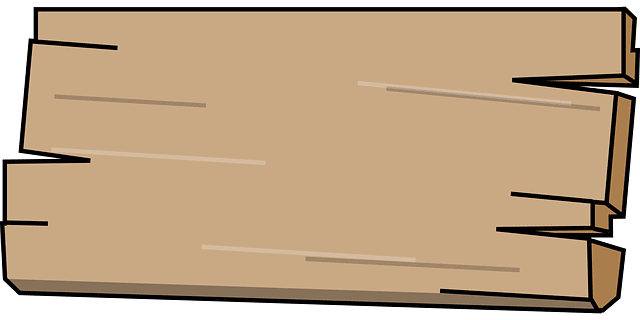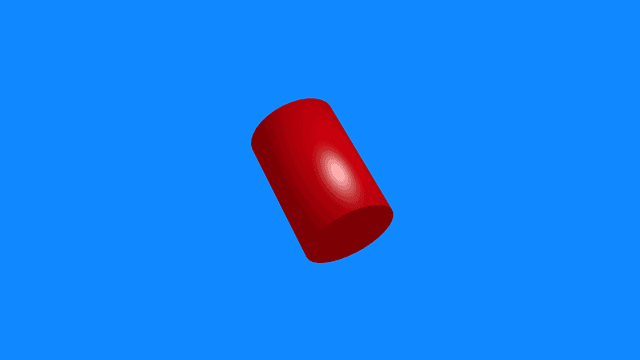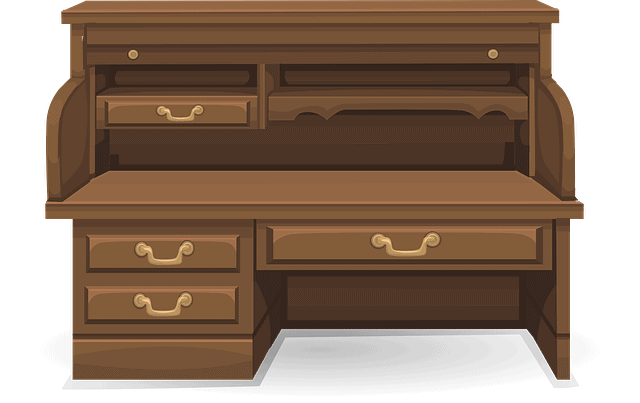How to Paint a Garage Floor: Epoxy or Latex?
Special epoxy ( two-part epoxy) is the best for garage floors – but give it a thin and well-mixed application. The garage floor paint will allow a great home upgrade – eases cleaning and removes any gunk. 
Particularly, oil stains tend to seep into the porous concrete and thus result in some slick residue – picking up dirt. You may use latex paint – it is cheaper but less durable and less chip resistant.
Many garages are abused and neglected – some with excessive dirt, and oil spills. But an amazing garage will be a great room for a car and outdoor equipment crib, other storage, and a workshop.
See Also: Fixing peeling paint on drywall
Details: How to Paint a Garage Floor: Epoxy or Latex?
So, let’s check you and other homeowners can improve/ upgrade the function and look of your garage. But don’t remove old paint since it’ll be easier than working on bare cement – but sand lightly.
Note that your epoxy floor paint will be extra-tough that won’t be damaged easily by gasoline, oil, or chemicals. Here are the materials and tools you’ll require for the garage painting job.
Step #1 – Preparation and Great Ventilation
Its important to get prepared and organized to effeycively conduct the garage painting project. Assemble the material and tools – near the floors to reduce stains and unccessry movement.
Thoroughly repair and clean the concrete floor in your garage prior to painting. This removes grease and oil stains that may affect the bonding of paint and bleed on the paint finish.
Check the temperature and surface preparation plus paint usage instructions. Ensure the garage floor is not too high or too long (with the right humidity) – and it must also be correctly prepared.
Step #2 – Provide Adequate Ventilation
Maintain great air outflow and inflow – and sand walls before painting. This is because there will be toxic paint fumes that may lead to breathing complications and other health issues.
Further, take adequate precautions to reduce the chances of dangerous exposure to different harmful fumes to yourself, humans, pets, and the home environment.
Conduct cross ventilation in your garage by having enough windows or installing a running fan for effective ventilation – blowing the toxic fumes to the outside.
Step #2 – Floor Preparation
The next step will involve cleaning your garage floor. You’ll use a wet-dry vacuum or a broom to effectively remove the debris stuck on the floor.
Also, use a stiff brush or degreaser to remove all the grease stuck on the floor surface. Next, thoroughly rinse your degreaser and give it time to dry – you can use a pressure washer to remove tough stains.
Using the scraper, keenly scrape off the hard dirt and then apply your degreaser. The dirt particles could otherwise bar the paint from effectively bonding with the garage floor.
- Next, you’ll use a detergent-like Savogran Trisodium Phosphate to effectively wash your garage.
- Ensure to apply the detergent on the notable stains – leave for 10-20 minutes depending on toughness.
- Use the garden hose (with a high-pressure nozzle) to flush down standing liquids and lather.
Clean out the excess water (don’t over-wetting the surface) and allow the concrete to dry.
See Also: Quality Walk-Behind Concrete Grinder
Step #3 – Cover the Concrete Cracks
After inspecting the concrete floor, you’ll need to fill up the clear floor cracks. The concrete cracks may cause cracks on the floor finish – so you’ll need to repair the flaws.
You can use a repair compound for the small cracks on the concrete floor – this helps fill up the patches. But get the concrete patch to repair deeper and wider cracks – leave layers to dry for some time.
I recommend you get some wet rag that’ll help you remove the excess concrete patch and thus leave you with a much smoother floor. Allow the surface to dry.
Step #4 – Time for Etch Concrete
It is now time to etch treat the concrete floor (maybe muriatic acid) that’ll open the pores a and hence it’ll get a rough feel and look – like sandpaper. So, it’ll be easier for the paint to adhere to the surface.
Check and adhere to the label instructions. Otherwise, you can use a sander to get the same surface aspect. But ensure to finally clean the dust and sand from the concrete.
Step #4 – Prime the Surface and Paint the Concrete
Finally, coming to the last step s – it is now time to apply a suitable primer – but ensure the surface is dry enough. A roller helps spread the prime over the floor edges – for better bonding and adhesion.
Next, its painting time – spread the 1st concrete floor paint but ensure it is keenly mixed for better adhesion onto the garage floor concrete.
I would recommend you get some nylon brush for 1st paint coat application. Gently apply the first coat and leave it to dry (air-drying) for about 24 hours.
Next, it is time for the second paint coat – make the second coat slightly thicker – you’ll need to use a roller this time around. Also, ensure to clean the tools using water plus detergent.
Also, leave the fans running for faster drying and also remove any fumes sticking around in the room. Allow the paint to dry for roughly 24 to 48 hours to avoid paint smudging.
Should I Paint My Garage Floor?
So, if you’re asking yourself if you should paint the garage floor, maybe you should (in the first place) protected the floor. So, the painting will protect objects and keep the garage clean.
1. Easy and Inexpensive
Painting the garage floor will also improve the concrete appearance that had been worn out due to dirt, dust, rustiness, and oil leaks. Further, cleaning the floors will be much easier.
Other floors options include mats, carpets, sealers, and interlocking tiles. Bare garage floors will damage easily as contaminants, oil, water, debris, and dust will penetrate the concrete.
But painting the floors will be easy and inexpensive as you can simply use the leftover floor paint or grease. Also, you won’t require specialized skills like interior painting.
2. Low Maintenance
Painted garages will be low-maintenance and hence your garage will be neat at a low price. You’ll require just clean water and a brush or dust mop to clean all the gathered dust.
Besides, you can recoat and retouch the floors when it flakes, peels, or wears out with time. You may simply use your spatula over the work-out space and finally mop the floor – and recoat.
3. Color Variety
There is a wide variety of colors you can use on the garage floor – so don’t simply stick with the grey concrete color. Brighter colors will be great even for the workshop.
Besides, the painted floor won’t be easily attacked by mold, dust mites, and prevents mildew growth. Further, the floor won’t get tough stains from grease, oil leaks, and chemical spills.
See Also: Paint for a Concrete Driveway
Conclusion
On how to paint a garage floor, is it epoxy or latex? The summarised process will be washing the floor, sand (uneven areas and old paint) plus vacuum the garage, fill hole and cracks, prime, and paint.


